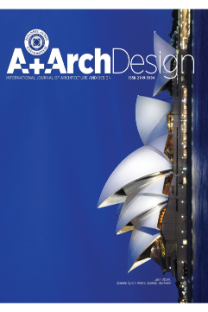BIM-enabled Sustainable Architectural Design Education
The building sector requires low cost, energy efficient building design and construction methods that utilize more renewable energy and produce higher quality of buildings. Building Information Modeling (BIM) can offer an important potential in fulfilling this need; it accommodates a rich data model that contains both graphic and alpha-numeric data, supports all phases of building life cycle and allows efficient information exchange between project participants using an integrated data model. BIM models can also be analyzed to measure whether buildings satisfy their designated performance criteria. Although these analyses can be executed at many different phases of design, it is perhaps most efficient if they are carried out at the conceptual design phase, an early and creative phase of design in which many higher-level design decisions that influence later design phases take place. This article offers an educational approach that incorporates sustainable architecture principles and building performance analysis data into conceptual design process in a measurable BIM framework to improve the quality of design decisions.
Anahtar Kelimeler:
Performative design, BIM, sustainability, conceptual design, architectural education
BIM-enabled Sustainable Architectural Design Education
The building sector requires low cost, energy efficient building design and construction methods that utilize more renewable energy and produce higher quality of buildings. Building Information Modeling (BIM) can offer an important potential in fulfilling this need; it accommodates a rich data model that contains both graphic and alpha-numeric data, supports all phases of building life cycle and allows efficient information exchange between project participants using an integrated data model. BIM models can also be analyzed to measure whether buildings satisfy their designated performance criteria. Although these analyses can be executed at many different phases of design, it is perhaps most efficient if they are carried out at the conceptual design phase, an early and creative phase of design in which many higher-level design decisions that influence later design phases take place. This article offers an educational approach that incorporates sustainable architecture principles and building performance analysis data into conceptual design process in a measurable BIM framework to improve the quality of design decisions.
Keywords:
Performative design, BIM, sustainability, conceptual design, architectural education,
- ISSN: 2149-5904
- Başlangıç: 2015
- Yayıncı: İstanbul Aydın Üniversitesi
